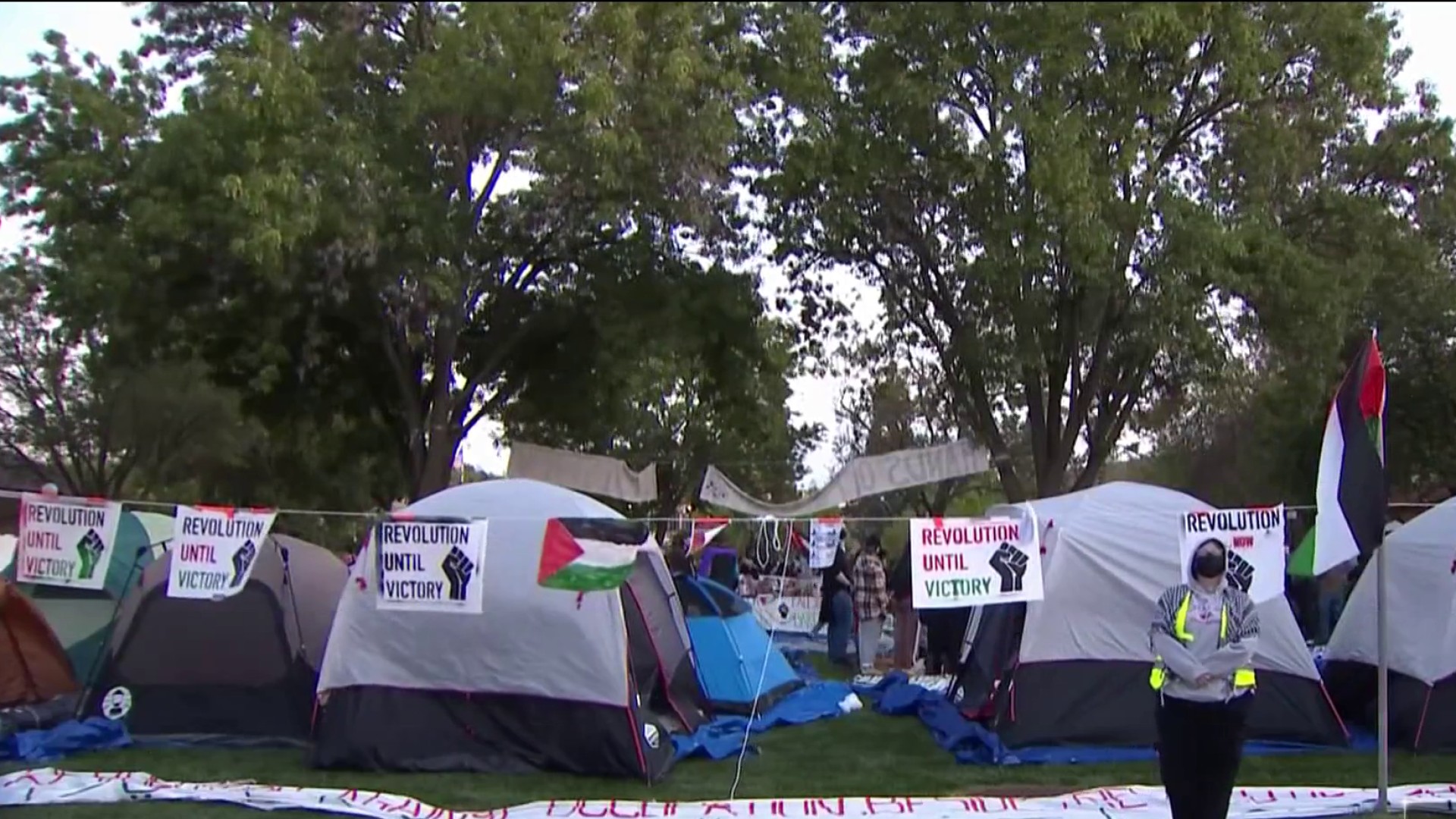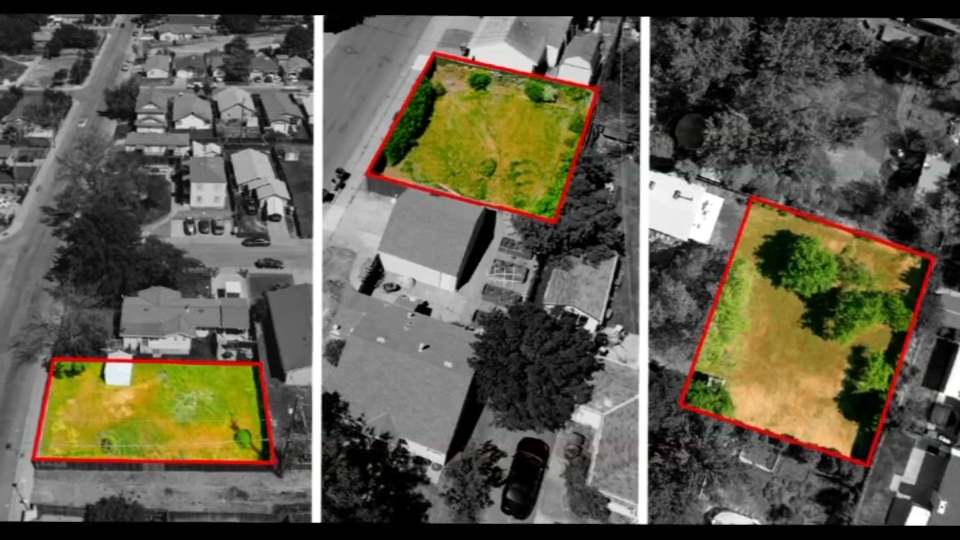California voters have said "full stream ahead" to the idea of a high speed rail system between the Bay Area and Southern California.
Proposition 1A won by about four points.
Voters were asked to make a choice whether to allocate $10 billion to build the 800-mile route.
The money would be used for all segments of the proposed high-speed rail system.
The wording of the bond measure said the money can be used only for the portion between the Los Angeles and San Francisco areas.
Observers have speculated that the measure could fall victim to voters' economic concerns in the cash-strapped Golden State.
Supporters claim building the route would add hundreds of thousands of jobs to the state, many of them permanent.
Local
The measure still requires the state's high-speed rail board to make a detailed funding plan in place before awarding construction contracts.
The California High-Speed Rail Authority has already approved moving forward with the Pacheco Pass route for a bullet train connecting southern California with the Bay Area. The rail line would link Anaheim, Los Angeles, Fresno and San Francisco. Planners eventually want to include Sacramento, San Diego and Oakland.
Planners estimate the entire project could cost anywhere between $30 billion to $60 billion.
The authority had also been exploring the possibility of running the train through the Altamont Pass. The thought at the time was that such a route could ease congestion along that corridor.
San Francisco Mayor Gavin Newsom and San Jose Mayor Chuck Reed said the Pacheco Pass was their preference.
"It would take a little over two hours to go from San Jose to L.A.," Reed said. "It's the fastest, most efficient route -- if you want to have high-speed rail, it's got to go fast."
The plan would sanction a 700-mile rail system linking the state's major cities with trains running at top speeds of more than 200 mph.
South Bay leaders have made their case over the last two years that San Jose and the Silicon Valley should be included in the proposed route.
"Look at the facts. The Silicon Valley is the economic engine of the Bay Area and the economic engine of the state," said Reed. "You want to connect the engine in the north with the economic engine in the south. As my friend Gavin Newsom said, it's a 'no-brainer.'"
The high-speed rail line has been in the planning stages since 1996. The measure won even as California voters rejected most other initiatives with large price tags.
Backers sold the proposal as an alternative to soaring airfares and long airport waits.
It had been on the ballot twice before but was removed both times by the Legislature.



